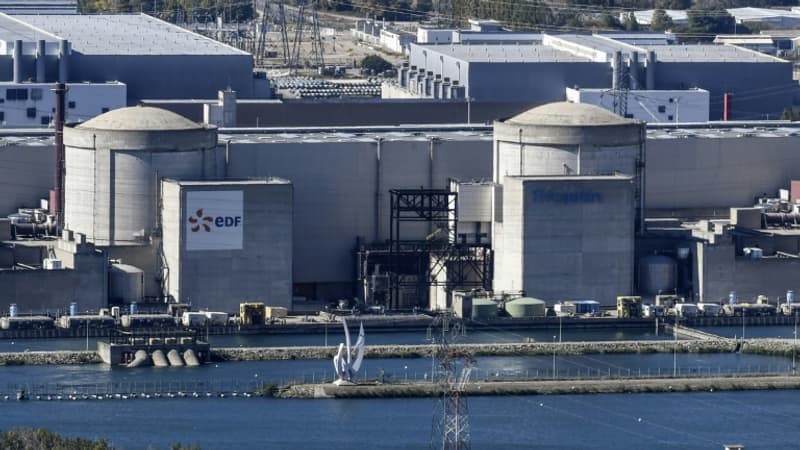After several weeks, even months, of stalling on its nuclear fleet relaunch schedule, EDF is finally making significant and, above all, repeatable progress. This week, the energy company lists four less closed nuclear reactors than last Monday, 16 against 20. Four infrastructures were restarted on Friday, namely Bugey 3, Dampierre 3, Cruas 2 and Cattenom 4 and allow EDF to reach the symbolic threshold of 40 GW of nuclear production. Routine maintenance work is to be completed on two reactors during the week, at Gravelines 3 and Tricastin 1.
These restarts come at a crucial time when electricity consumption is expected to spike through the end of the week due to low temperatures. For now, RTE is planning a green EcoWatt signal through Wednesday, but it could change color by the end of the week. In addition, the operator of the electricity transmission network is less optimistic than EDF and has 3 additional restarts this month instead of 5. In any case, the month of January remains the true test since the resumption of activity will correspond following the end of year celebrations.
Gas stocks begin to fall
To cope with these significant consumption peaks, the rest of the energies are the ones that are in demand and, therefore, show a slight drop this week. Although they had reached their technical maximum since September, gas stocks continue to fall and are now only 92% full compared to 97% last week due to falling temperatures.
The level of the water tanks also drops, but more slightly since it remains at around 65%, EDF striving to preserve its use. Instead, the play-offs see the difference with the normal increase, which is now 2.5 points. In detail, the sites in the Northern Alps continue to perform well, albeit with an occupancy rate of 77%, but still almost 10 points above historical averages. Closer to 60%, the reservoirs of the Massif Central are now only three small points from normal while the reservoirs of the Southern Alps and the Pyrenees continue to reduce their slope.
Source: BFM TV


